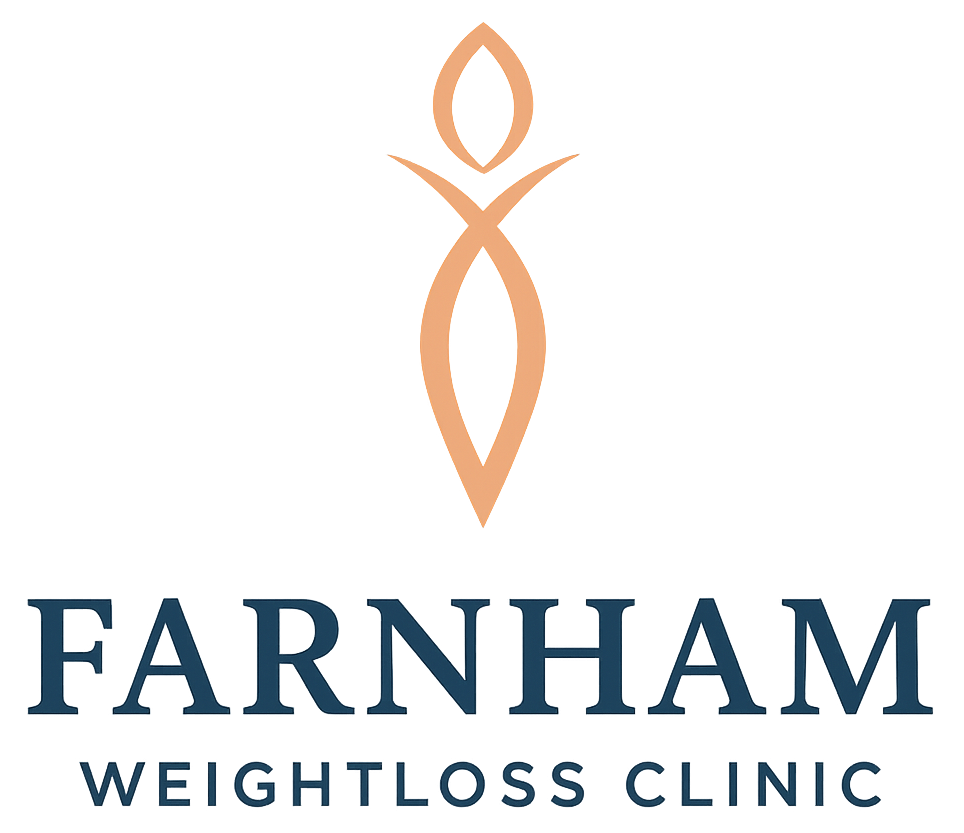Understanding Hyperlipidemia

Understanding Hyperlipidemia
In small quantities, fat is beneficial to our health. Unfortunately, we often consume more fat than necessary for advantages such as nutrient absorption and joint protection. Our bodies do their best to store the excess fat, leading to weight gain, but this surplus fat can also accumulate in the bloodstream.
Understanding Hyperlipidemia
Treatment for Hyperlipidemia
Because cholesterol is produced naturally by the body, dietary restrictions alone may not be enough to control LDL cholesterol. Medications are often prescribed to help manage fat levels in the blood. However, in many cases, hyperlipidaemia can be effectively managed through weight control, a healthy diet, and regular physical activity.
Many people see improvements in their cholesterol and triglyceride levels during a medical weight loss programme and are able to reduce or even discontinue their cholesterol medications. Treatment for hyperlipidaemia is considered a preventative measure against coronary heart disease and stroke.
Measuring Cholesterol and Triglycerides
Hyperlipidaemia is diagnosed through a blood test known as a lipid profile, which measures the levels of lipids (fats) in the blood. A single test can report both cholesterol and triglyceride levels. These results are then assessed using the following reference ranges:
Optimal cholesterol levels:
Total cholesterol: less than 200 mg/dL (approximately 5.2 mmol/L)
LDL ("bad") cholesterol: less than 100 mg/dL (approximately 2.6 mmol/L)
HDL ("good") cholesterol: greater than 60 mg/dL (approximately 1.6 mmol/L)
Optimal triglyceride levels:
Less than 150 mg/dL (approximately 1.7 mmol/L)
Meet Our Team
Dr Ishmail Boakye-Acheampong
Dr Zahraa Hasafa


